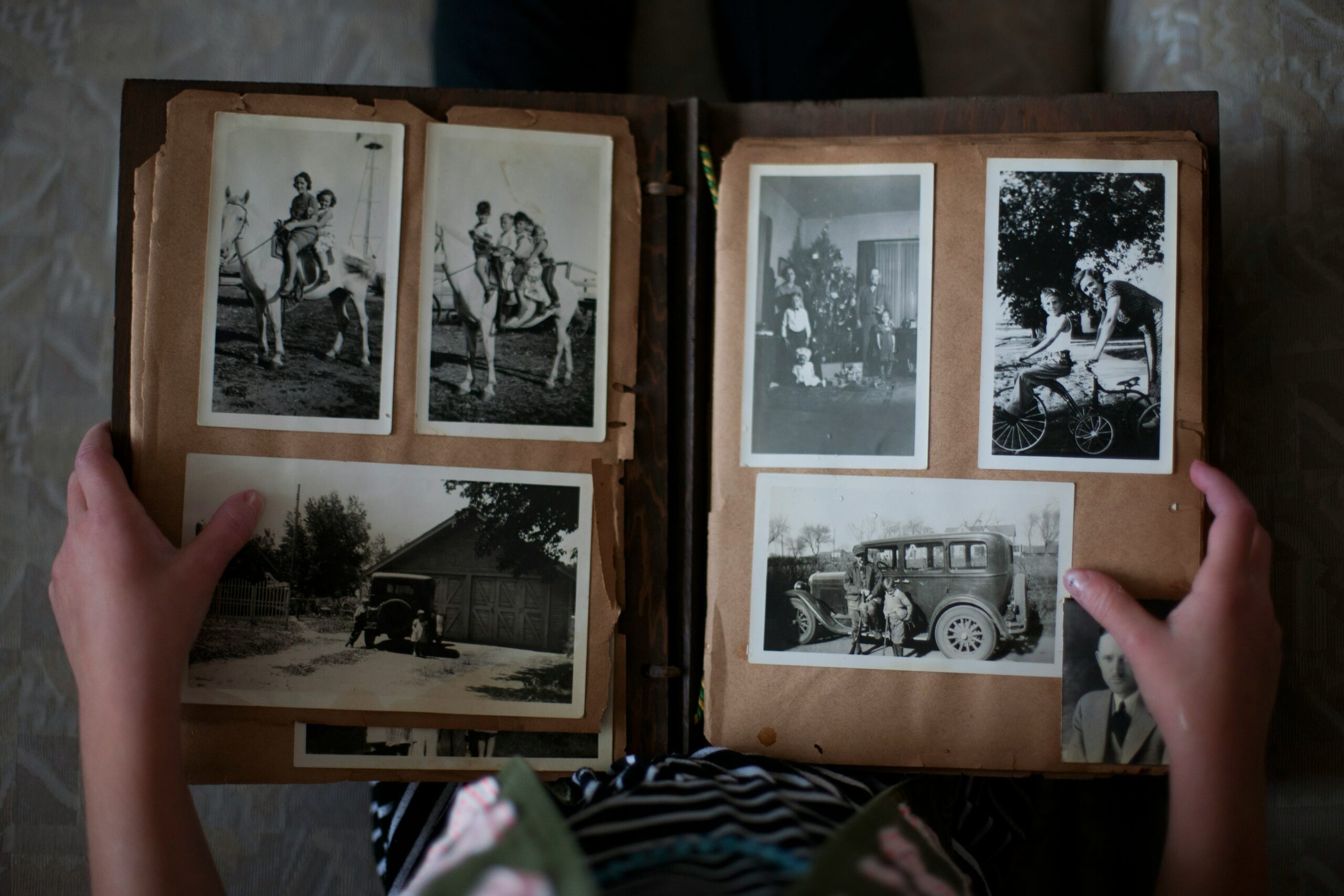A recent ad for the Kindle Paperwhite, which allows reading even in bright sunlight, touts that the device will hold up to 1,100 books. That sounds like a lot, but for serious readers, a library of 1,100 books is not so large. Book lovers find it really easy to accumulate books—usually they find it hard not to. So, like an overweight person shedding body fat, an overstuffed householder who can lessen his or her bulk by offloading everything onto an electronic reader has reason to rejoice. Even if the books downloaded onto the Kindle Paperwhite are thin ones, weighing in at less than a pound (a standard hardcover book weighs anywhere from 12 to 32 ounces), the equivalent poundage of the Kindle load in real-life material would be at least 1000 pounds. Who wouldn't like to be that much lighter?
Well, actually, lots of people. True, mass market paperbacks are having a hard time of it, losing ground to e-books every year, and popular fiction in hardcover is floundering too. But not all books are in trouble. What follows are a few observations based not on Nielsen scans or publishers' reports but solely on the experiences of a seller of used, secondhand—mostly “collectible”—books. I own an online bookstore, and business is strong and growing. Here is what I've discovered.
I can't say who exactly “they” are, but the people out there who love owning books buy them daily—expensive ones, too. First editions are especially prized. Why will a collector pay dearly for a first of, say, Lolita or Charlotte's Web? It takes a while to understand the thrill of the first appearance in print of an important book or a beloved author, but once you catch on, it's really exciting: This—what I'm holding in my hand—is what the book looked like before it was reviewed, reviled, reprinted, revered. This is the real thing. This is the future not yet unspooled. The acclaim hadn't yet happened. The history hadn't yet accumulated. The writing is finished, the editor has signed off on the manuscript, the jacket art has been decided on, the print run has been set. All of this took place at the time this object in my hand was published. There is an innocence to a first edition that later issues do not have. (Think of Robert Galbraith's The Cuckoo's Calling, before it became known that the author was J.K. Rowling, and the book went back to press with her name attached to it.) This specialness is a cultivated taste, like opera or fine wine. Once people develop it they are hooked.
Signed books give a similar thrill. A signed book attests to a meeting of creator with creation, and this convergence gives the signed book a special significance. I, like many book fans, am beguiled by signed books, no matter the fame or obscurity of the writer, because the signature personalizes the book—dresses it up, puts on the finishing touch. When signatures are accompanied by little drawings or warm inscriptions to a friend or colleague, they are especially meaningful. Never pass up the chance to sign your book if asked, and never pass up the chance to get an author to sign his or her book for you.
Books with tipped-in maps that fold out to any number of sizes allow a world to open up parallel to the text. People who read history especially like books with maps. The maps are worlds in themselves, but because they are part of the book they are a world within a world. They imply too a generosity on the part of the publisher: “Readers deserve this extra effort,” the maps say. “They can look at me and understand better what's being described, so everything will fall into place.”
Art books whose illustrations require a big field are often given foldout pages, or “gatefolds,” which appeal to readers by allowing them to see a picture that is suddenly larger than the book they hold in their hands. Another valued feature is a book with tipped-in (glued in along one edge) plates. Though it isn't always true that tipped-in plates are better visually—with higher resolution or brighter imagery than other illustrations—they look good and emphasize the importance of the picture. Books on laid (textured) paper and books that predate electronic typesetting (early to mid-1970s)—have a tactile appeal that's mostly lost in more recently published books. It's quite a challenge to hold a well-made book from the nineteenth century (or earlier) and not be impressed with the quality of the paper, the impression of the type, the overall care and artistry that went into its creation.
And speaking of artistry, leather bindings—even newer ones prepared especially for collectors and often sold in sets—are seductive. Usually enshrining classic texts, both fiction and nonfiction, they shout out “Look at me, I am important!” Serious readers may not be attracted to leather-bound books, but there is definitely a market appeal to them. With gilt titles and gilt decorations, they do indeed look important.
Pop-up and other forms of “movable” books, which for reasons I don't understand used to be considered déclassé, have progressed to become wondrous specialty items for adults as well as kids. Artist/writers such as Robert Sabuda, Matthew Reinhart, and David A. Carter have figured out how to create intricate fantasies in paper that twist and turn and sometimes even shimmer. These books aren't “important” except insofar as they bring someone else's imagination home with a bang and elicit admiration for the creator's ingenuity and skill.
E-books have their own kind of special resources—compactness is certainly one of them—but they are often digressive. “Tap here” and a new world will indeed unfold, but it is not necessarily the world you started in or the one you wanted to stick with. You wander off on tangents and the integrity of the primary experience is watered down, if not shattered.
Books for Kindles and other e-readers are lightweight and efficient at delivering content. They help you meander and mark your place, but they lose the special elements many book aficionados look for. E-readers don't provide the emotional resonance, tactile experience, or triggers for the imagination that old-fashioned paper books do. They are expansive in a way, but not nearly as expansive as a “real” book.
Copyright (c) 2013 Suzanne Mantell. Please contact the author at sm******@so***.com or wa**********@so***.com for permission to reprint.
- Invaluable Lessons I Learned About Editing From “Turn Every Page" - January 3, 2024
- The Benefits — and Fun — of Freewriting - February 20, 2023
- Writerly Reassurance From a Few Who Have Been There - March 24, 2020




One Comment
Thank you for this, Suzanne. I cherish holding a real book in my hands. It's just not the same to curl myself around an electronic device as curling up with a real, bound book. My favorite line is: "There is an innocence to a first edition that later issues do not have."